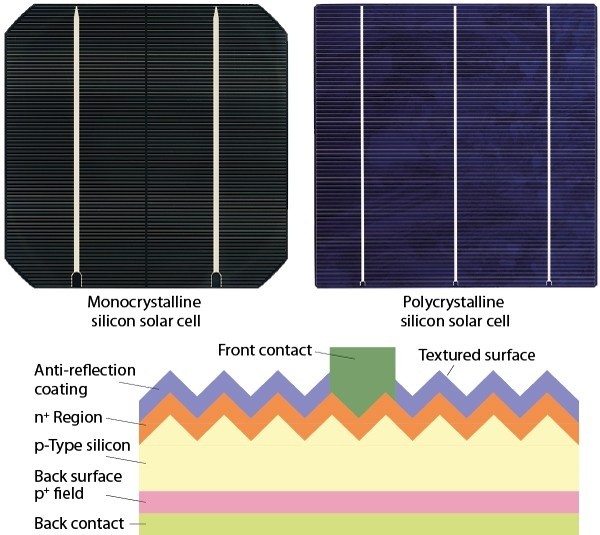For 75 years sri has led the discovery and design of ground breaking products technologies and industries collaborating across technical and scientific disciplines to generate real innovation and create high value for our clients.
Stanford research solar panel coating.
The origin of solar sharc technology was research work carried on functionalised silica macro molecules to improve the hardness of polymer coatings.
Passive solar technologies were already used by ancient civilizations for warming and or cooling habitations and for water heating.
1 2 3 there is a host of known candidates for light absorbing electron donor molecules namely pigments that have been developed to provide colors for industrial applications.
Sri international is an independent nonprofit research institute with a rich history of supporting government and industry.
In the renaissance concentration of solar radiation was extensively studied and in the 19th century the first solar based.
Stanford engineers invent transparent coating that cools solar cells to boost efficiency the hotter solar cells become the less efficient they are at converting sunlight to electricity a problem.
Solar radiation is a renewable energy resource that has been used by humanity in all ages.
The hotter solar cells get the less efficient they become at converting the photons in light into useful electricity.
Processing silicon based solar cells requires a lot of steps vosgueritchian explained.
Stanford engineers invent transparent coating that cools solar cells to boost efficiency.
Stanford university scientists have built the first solar cell made entirely of carbon a promising alternative to the expensive materials used in photovoltaic devices today.
The stanford solution is based on a thin patterned silica material laid on top of a traditional solar cell.
At stanford research.
September 21 2015 stanford engineers invent transparent coating that cools solar cells to boost efficiency.
At stanford he has been leading a research effort to make efficient solar cells based on small molecular weight materials.
The group s discovery tested on a stanford rooftop addresses a problem that has long bedeviled the solar industry.
The hotter solar cells become the less efficient they are at converting sunlight to.















.jpg)



.jpg)




























